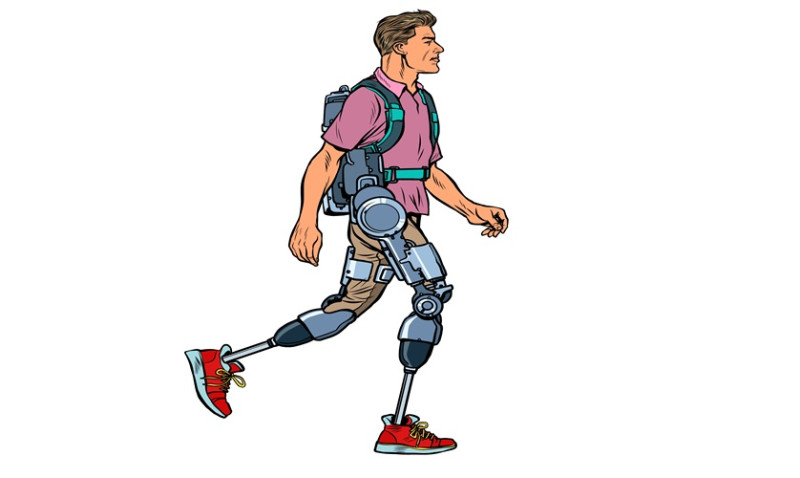
Safe and effective patient handling is a critical component of professional care, especially when it comes to performing patient pivot transfers. Whether you're a caregiver at home, a healthcare worker, or a physiotherapist, mastering proper lifting techniques helps reduce the risk of injury for both you and the patient. This guide explores the best practices for performing a patient pivot transfer, with emphasis on the importance of body mechanics, preparation, and communication.
What is a Patient Pivot Transfer?
A patient pivot transfer involves moving an individual from one seated surface to another—such as from a wheelchair to a bed, chair, or toilet—using a controlled and assisted pivot motion. Unlike a full lift, which involves lifting the person entirely off the ground, a pivot transfer employs the patient's ability to bear weight on at least one leg and requires coordinated motion between caregiver and patient.
This method reduces physical strain on caregivers and enhances the individual's dignity and independence. Pivot transfers are especially useful for individuals with partial mobility or those undergoing rehabilitation following an injury or surgery. Understanding how and when to use this technique is key to ensuring success and safety for all involved.
Why Proper Lifting Techniques Matter
Improper lifting techniques can result in serious injuries, particularly back pain and strain, for the caregiver. Repetitive strain injuries are alarmingly common in both professional and domestic caregiving environments, and many could be prevented with effective technique training and ergonomic awareness.
For the patient, poor technique may lead to falls or discomfort, jeopardising recovery and long-term mobility. Employing proper lifting techniques also reduces stress and improves trust between the caregiver and patient. It establishes a safer and more respectful environment, which can hasten the patient’s rehabilitation and provide peace of mind to loved ones.
Preparing for a Safe Transfer
Preparation is half the battle when performing a pivot transfer. Before you begin, assess the patient's current condition. Do they have strength in at least one leg? Are they able to follow simple commands? These are essential prerequisites to determine their suitability for a pivot transfer.
Next, assess the environment. Remove any obstacles from the floor, ensure both surfaces are stable and secure, and ensure that assistive devices like transfer belts or walkers are close at hand. Make sure you are wearing appropriate non-slip footwear and, if possible, obtain the help of a second person for added safety and support.
Communicate clearly with the patient by explaining what you are going to do. Use calm, encouraging language and offer the patient the opportunity to ask questions or express discomfort. Involving them in the process fosters cooperation and can often improve the transfer outcome.
Steps for a Safe and Effective Pivot Transfer
Following a systematic approach is key in executing a safe pivot transfer. Below is a step-by-step guide that illustrates the ideal technique for a standard transfer from a wheelchair to a bed, though it can be adapted according to specific needs:
- Position the wheelchair: Position the wheelchair at a 30 to 45-degree angle to the target surface. Lock the brakes and move footrests out of the way.
- Prepare the patient: Ensure their feet are flat on the floor, shoulder-width apart. Apply a gait or transfer belt for added grip and support.
- Stand close: Stand directly in front, bend your knees, and keep your back straight. Place one foot between the patient’s feet and one slightly to the side to support the pivot motion.
- Provide clear instructions: Let the patient know they’ll be standing and pivoting on the count of three. Cue them when ready.
- Initiate the transfer: As you count, help them stand by guiding their hips and pulling up gently on the gait belt. Support their weight and gently pivot both of you toward the new surface.
- Guide to the new surface: Slowly lower the patient onto the seat by bending your knees. Make sure they are securely positioned before releasing your support.
Patience and attention to detail are vital through every stage. Never rush a transfer, especially if it's your first time working with a particular individual. Each situation may present its own unique challenges and adaptations.
Common Mistakes to Avoid
Even seasoned professionals can fall into bad habits over time. Being aware of common mistakes can help you correct your form and ensure optimal outcomes. One of the most frequent errors is neglecting to lock the wheelchair or secure the surface the patient is moving to. This seemingly small oversight can cause major safety hazards.
Another mistake is using your back instead of your legs to initiate the lift. Lifting with the back places enormous strain on the spinal vertebrae, increasing your risk of injury. Always engage your leg muscles and keep your core tight throughout the motion.
Caregivers often underestimate the importance of patient participation. Even when mobility is limited, encouraging the patient to do as much as they can (even if it’s simply shifting their weight or holding onto a support) decreases your workload and boosts their confidence and independence.
Adaptive Equipment That Can Help
Modern mobility aids and transfer tools can significantly ease the process and improve safety. Whether you're working in a hospital or caring for a loved one at home, consider investing in quality equipment that suits your transfer needs.
| Equipment | Purpose | Best For |
|---|---|---|
| Transfer/Gait Belt | Offers a secure handhold to guide and stabilise the patient during transfer. | All pivot transfers, especially with weak core strength. |
| Pivot Disc | Allows for a smooth pivot without lifting the feet entirely. | Patients with moderate lower limb strength and balance. |
| Transfer Board | Facilitates controlled movements across surfaces with minimal lifting. | Patients with limited leg strength but good upper body control. |
| Standing Hoist | Mechanically assists in lifting the patient into a standing and pivoting position. | Patients unable to stand independently. |
Choosing the right equipment depends on the patient’s level of mobility, strength, and cooperation. A trained physiotherapist or occupational therapist can assess and recommend tools tailored to specific needs.
Training & Building Confidence
Experience plays a huge role in developing confidence in patient transfers. Consider taking formal training sessions, especially if you’re engaging in caregiving frequently. Online courses, in-person workshops, or even a personalised demonstration from a physiotherapist can build knowledge and self-assurance.
At Propel Physiotherapy, we offer hands-on training and support for caregivers and professionals learning both basic and advanced patient-handling techniques. Our goal is to empower caregivers with the confidence to perform these tasks safely and with compassion.
When to Seek Professional Help
There are times when a patient pivot transfer may not be safe, especially if the individual has no weight-bearing capability, cognitive challenges, or is in substantial pain. In these cases, attempting a manual transfer could do more harm than good.
Contacting a trained physiotherapist or occupational therapist to assess the situation is the best course of action. At Propel Physiotherapy, we assess home environments, patient needs, and caregiver capacity to deliver solutions that are both safe and sustainable.
Conclusion
Performing a proper patient pivot transfer requires preparation, patience, and sound technique. It's not just about lifting—it's about understanding dynamics, respecting the patient’s ability, and protecting your own health as a caregiver.
Whether you're a medical professional, a home renovator adapting spaces for ageing family members, or an architect incorporating accessibility into your design, understanding the physical process of transfers can inform how you build, design and care effectively.
Looking to improve your mobility care practices? Contact Propel Physiotherapy today to schedule a consultation or hands-on training session tailored to your needs. Remember: safe care starts with smart movement.





